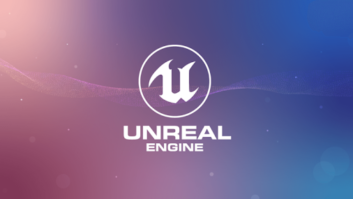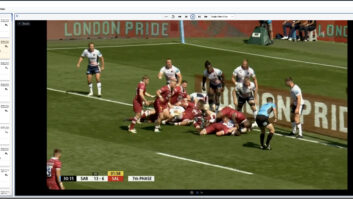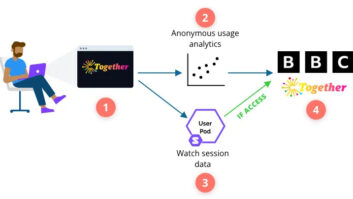
Channel 4 is set to unveil the first fruits of its viewer engagement strategy by releasing a user recommendation engine based on the data and feedback the broadcaster has gathered from its 9 million registered users.
In a session on the merits of collating big data, the commercial broadcaster’s chief technology officer Bob Harris revealed that the product would be ready in “ the next few months”.
Under the leadership of its controller David Abrahams, Channel 4 has become a key advocate of audience insight and technology in a bid to deliver new products to advertisers and viewers.
“It would be a mistake to assume that big data is all about ad targeting – I think we are only at the beginning of what we are going to do with this data,” Harris said.
However, fellow delegate Amazon’s CTO Werner Vogels warned that not all recommendation engines serve to win over users. “Six years ago Amazon built something called Digital Soulmate – which tracked down people who had purchased exactly the same thing. People hated it. They hated the fact that they were not as unique as they liked to think they were.”
Talking about the size of C4’s current data, Harris said that the broadcaster had so far process between five and 10 billion rows of data.
“If we were to print it all out it would be 455 miles high. Each one of those rows contains 25,000 characters – that’s 3.4m copies of Shakespeare. It would take on average 23 thousand years to read it all.”
Harris added that data mining is not cheap – it is costing Channel 4 “hundreds of thousands of pounds” to use Amazon’s open source EMR cloud service – but he added that to use a proprietary system or its own in-house platform would have been between “three to five times” more expensive.
He added: “If you think you are going to move into big data using relational databases, then think again. Open source is the only option if you are not sure whether there is any value in there. Pay as you go pricing is important and it is scalable,” he said.







